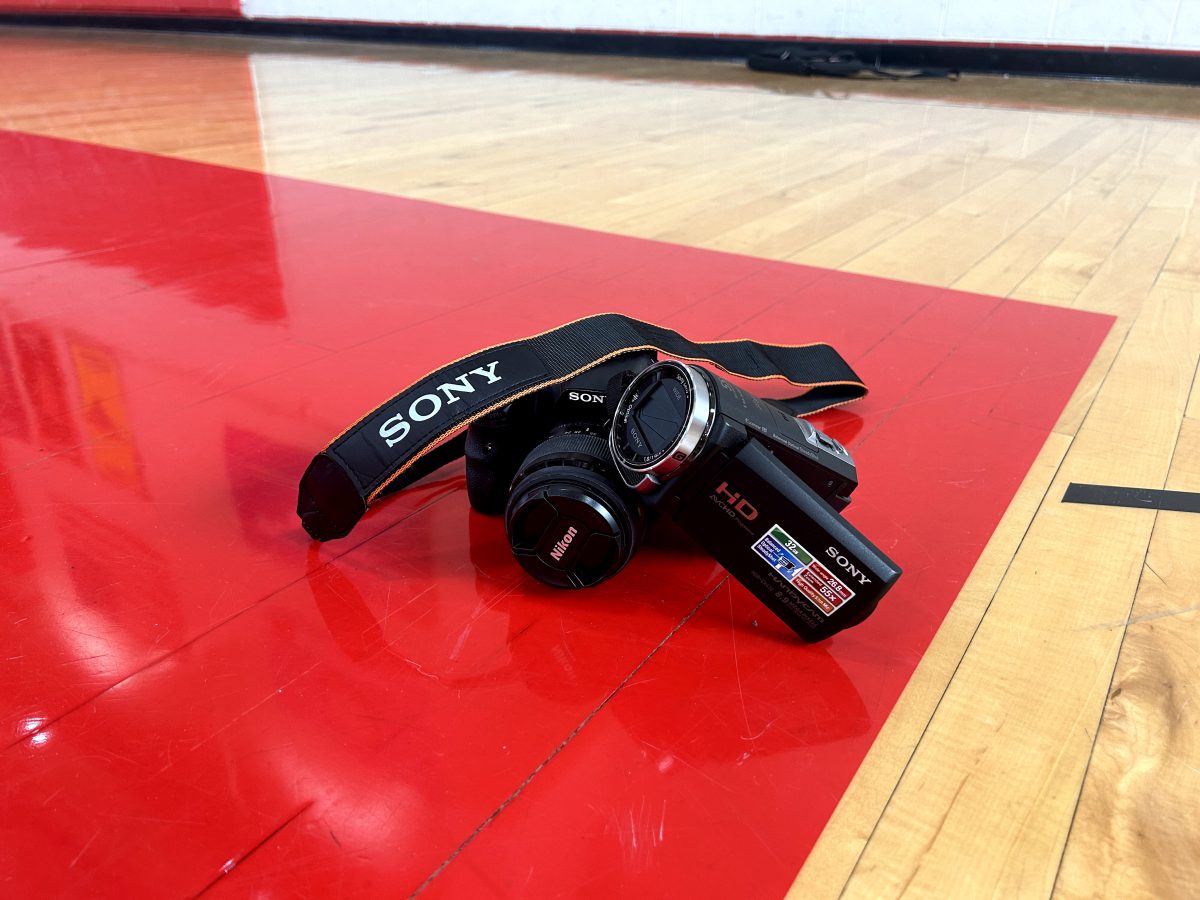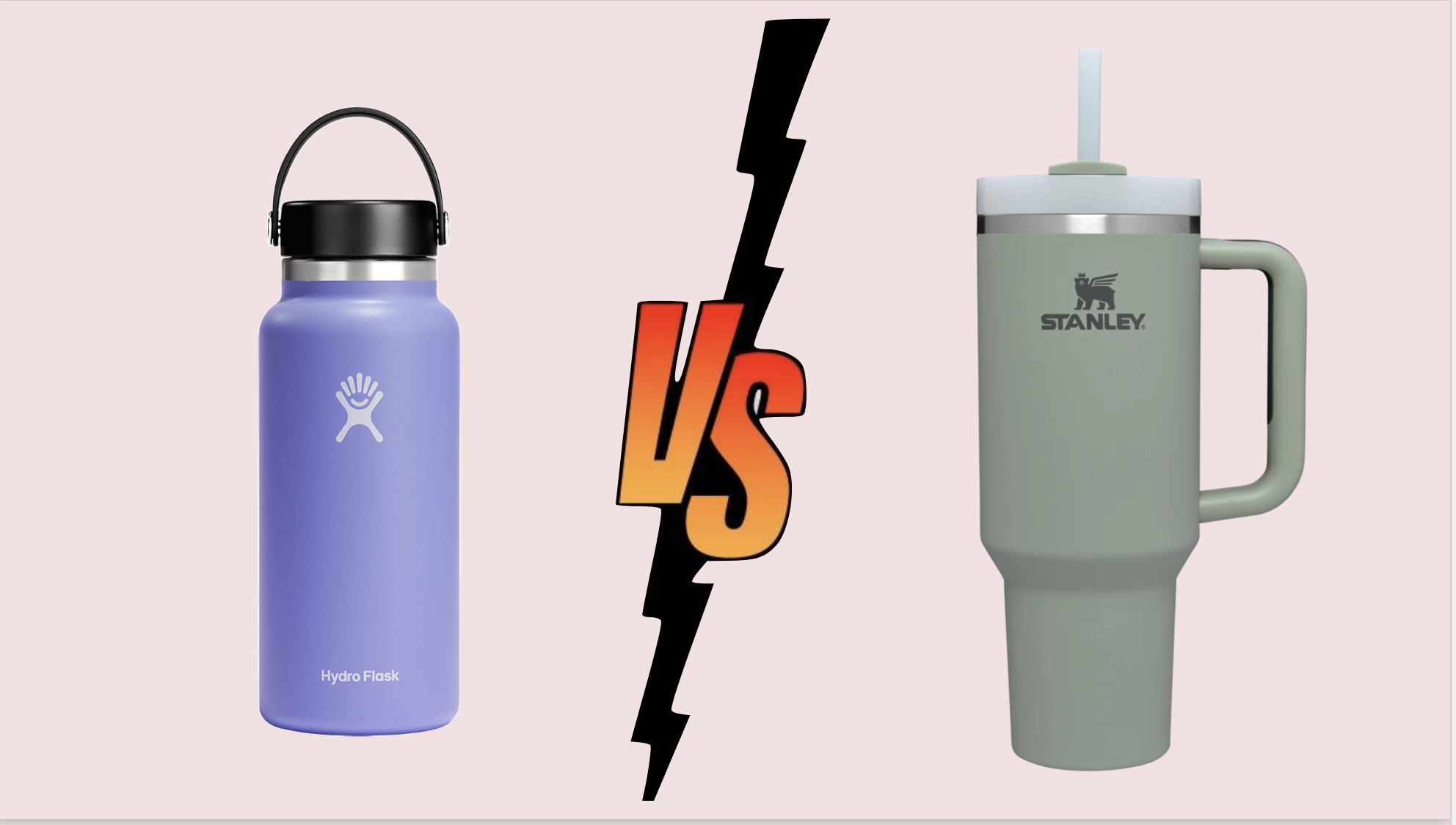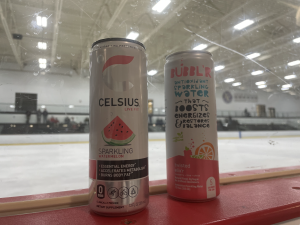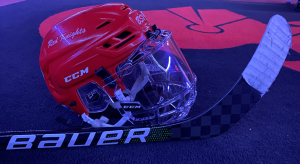Cool down while getting hot with water workouts
Although water aerobics is often exclusively associated with senior citizens, aquatic workouts can be a great form of exercise for people of all ages.
BSM students break a sweat while enjoying a water workout.
October 23, 2014
For someone who likes exercise but isn’t a fan of sweaty, smelly gyms, aquatic workouts can be the best alternative to get your body active. Moving your exercise to the pool is a great way to burn calories while staying cool. Water workouts can also be a fun way to shake up a perfunctory routine. Spinning and shaking in water are appealing especially for those tired of the treadmill or bored of body building.
Aquatic exercise is also a great option for an inexperienced gym-goer. The water acts as a cushion, supporting 90 percent of the body’s weight and creating a low impact workout. This makes exercising less stressful for muscles and joints as well as preventing dreadful soreness. The decreased impact also makes water workouts a safer option by preventing stress fractures and other injuries.
Exercising in water also allows your heart to function more productively. The pressure water applies equally to all the body surface aids circulation by promoting blood flow back to the heart. This helps lower blood pressure and heart rate compared to the same workouts on land. It is estimated that the heart beats approximately 10 to 15 beats slower per minute when exercising on water versus land.
Just because water workouts don’t stress the body as much doesn’t mean they are easy. Unlike land workouts, water provides resistance to movement at all angles. This intensifies muscle engagement and extends it for a longer period of time, giving muscles a better tone than the same exercise on land.
Water’s resistance is directly proportional to the force put against it and can have anywhere from 4 to 42 times the resistance as air—depending on the effort put into the movement. Water fitness equipment, such as buoyancy belts and webbed gloves, can be used to increase the resistance and result in a more intense workout.
Water fitness classes are offered at most Lifetime Fitness and LA Fitness locations. If you don’t belong to a gym, public classes are available at many community pools. Water fitness comes in a variety of forms from traditional water aerobics to trendy aqua zumba. Young or old, fit or not, water workouts offer something for everyone.
Beginner Workouts
Water Running: Sprint back and forth in waist deep water while pumping your arms. To make this more difficult, try holding water dumbbells or wearing ankle weights.
Jumping Jacks: Push your arms and legs out as wide as you can in deep water for the best resistance.
Fan Kicks: Lift your leg in a large circular motion. Keep your leg straight and be sure your toes come out of the water. For the best results, use your core muscles and alternate legs.

























































